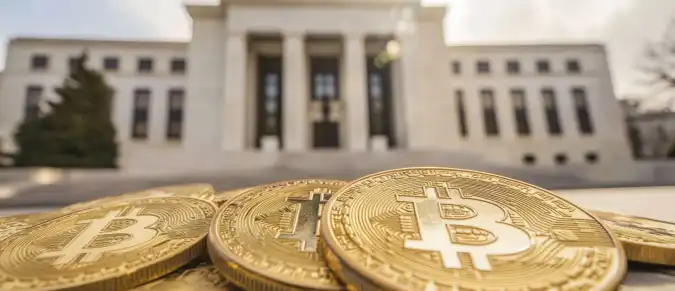Jerome Powell is one of the key figures shaping the course of US monetary policy. His statements and actions have a significant impact on global financial markets, including the cryptocurrency market. Investors closely follow Fed decisions as they influence the value of the US dollar, interest rates, and overall market liquidity. In recent years, Powell's approach to curbing inflation and maintaining sustainable economic growth has had both positive and negative effects on cryptocurrencies.
Content:
- Jerome Powell's economic policy and its impact on traditional markets
- Cryptocurrency market reaction to the Fed's decisions
- Jerome Powell's predictions and their reflection on digital assets
- Conclusion
Jerome Powell's Economic Policy and Its Impact on Traditional Markets
Jerome Powell, who became the Chairman of the Federal Reserve in 2018, has since played an active role in shaping US economic policy. His actions have focused on maintaining price stability and minimizing unemployment. During the COVID-19 pandemic, Powell initiated several quantitative easing (QE) programs, which increased the money supply and lowered interest rates. These measures supported the economy but also led to inflationary pressures.
As inflation rose in 2021–2022, Powell was forced to change course by tightening monetary policy. The interest rate hikes initiated by the Fed strengthened the dollar and reduced demand for riskier assets, including cryptocurrencies. Additionally, the tightening of monetary policy decreased available market liquidity, which had a negative effect on digital assets.
Cryptocurrency market reaction to the Fed's decisions
The changes in monetary policy led by Jerome Powell have had a noticeable impact on the cryptocurrency market. During periods of lower interest rates, such as in 2020, cryptocurrencies like Bitcoin and Ethereum saw significant growth. Investors viewed cryptocurrencies as a hedge against inflation and dollar devaluation.
However, the situation changed with the Fed's policy tightening in 2022. The rise in interest rates made the US dollar more attractive to investors, leading to a drop in cryptocurrency prices. Bitcoin, for instance, fell from its all-time high of $69,000 to below $20,000. Investors began shifting capital into more stable assets, such as bonds and dividend-paying stocks.
Jerome Powell's predictions and their reflection on digital assets
Jerome Powell has repeatedly emphasized that cryptocurrency market regulation must be strengthened to mitigate risks associated with its volatility and lack of oversight. In one of his statements, he noted that "cryptocurrencies cannot replace the US dollar" and that their role in the financial system should be strictly limited. These comments triggered a negative reaction in the cryptocurrency market, resulting in temporary sell-offs.
Powell’s forecasts for the US economy in the coming years are also crucial for the cryptocurrency market. Depending on inflation and economic growth, the value of the dollar and market liquidity could shift, which in turn would impact the price of digital assets. Some analysts believe that if inflation decreases, the Fed may shift to a more accommodative policy, which would support demand for cryptocurrencies.
Conclusion
Jerome Powell, as Chairman of the Federal Reserve, plays a key role in shaping US economic policy. His statements and decisions have a direct impact on both traditional and cryptocurrency markets. Understanding the Fed's actions and their consequences is essential for digital asset investors, as interest rate fluctuations, inflation forecasts, and statements on cryptocurrency regulation can significantly affect the price of Bitcoin, Ethereum, and other cryptocurrencies. Amid rising inflation and global economic instability, Powell's actions will continue to be closely monitored by participants in both financial and cryptocurrency markets.




